As the nation goes into full lockdown for the second time this year, we wanted to take this as an opportunity to motivate people (and ourselves). Instead of focusing on all the negative impacts of not being able to train as we’d like too, let’s all use the next four weeks to focus on a goal – you vs you.
Below we have created a beginner core challenge that has been designed to both build on your core strength, aswel as giving you a goal to achieve during lockdown. This is great for anyone starting a new fitness journey or looking to build on their core strength.
The reason we’ve chosen ‘core’ for the challenge is that it underpins every exercise you do, from weight lifting to hiking and has so many positive impacts on your overall well-being.
Having a strong core will help prevent injuries, enhance flexibility, improve stability and it also boosts brain power. When training your core it stimulates an area in your brain referred to as ‘the cerebellum’ that has been proven to affect your coordination, balance and spatial awareness.
28 day challenge:
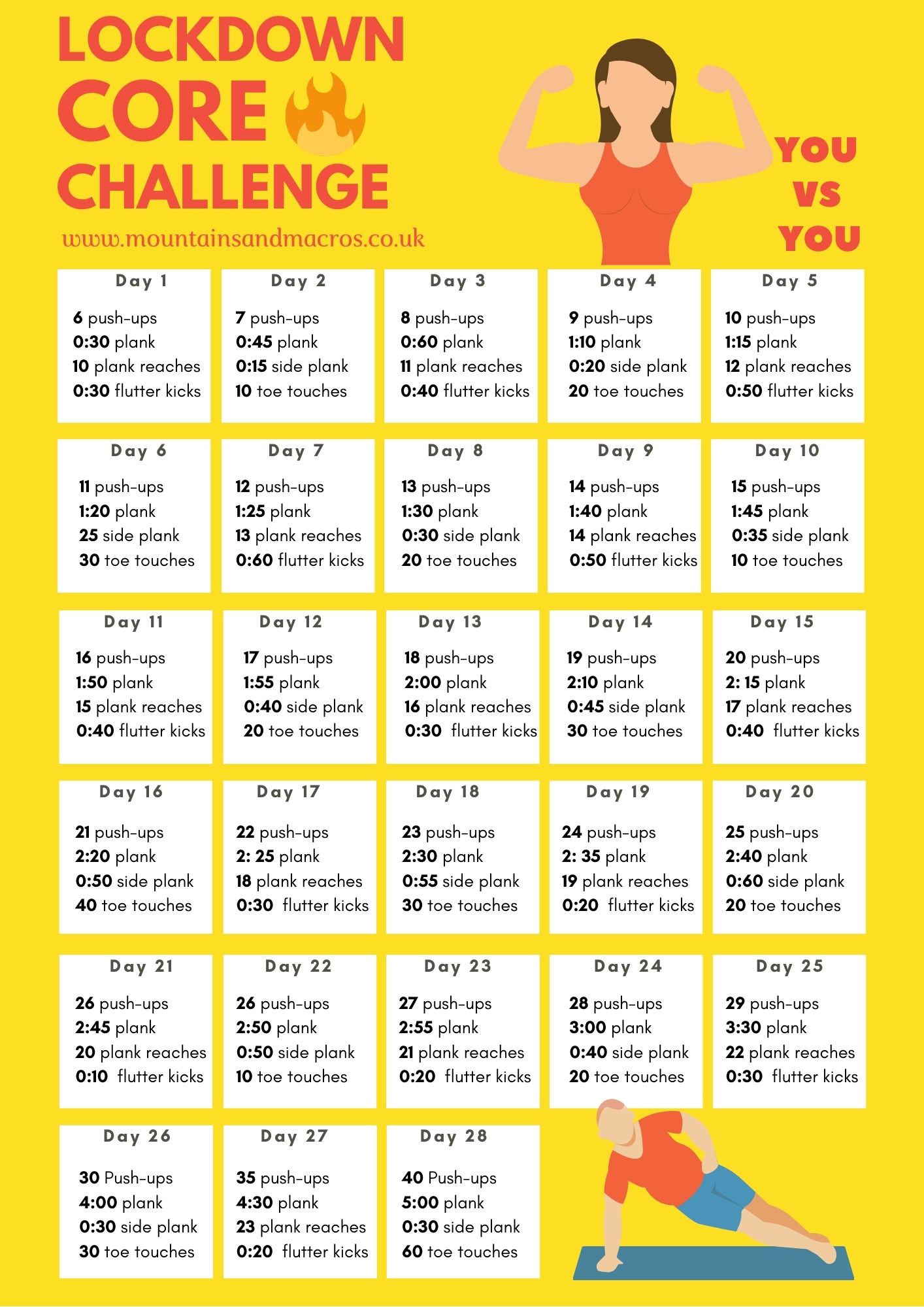
The six exercises we’ve chosen for the beginner core challenge are plank, pushups, plank reaches, side plank, flutter kicks and toe touches. Each exercise engages your core, whilst incorporating a range of movements.
When performing each exercise, focus on your form, ensure each rep is controlled whilst focusing on your breathing and concentrate on feeling each of your muscles contracting.
Plank:
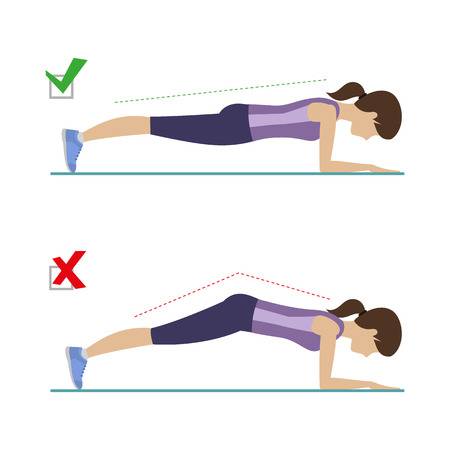
You want to start in a pushup position, then lower your forearms to rest on the floor. Your whole body should be kept as straight as possible, with your head down facing down and your elbows positioned in line with your shoulders.
A lot of people raise their bum too high, you want to maintain your body in a straight line, tense your stomach and maintain this form. If you are looking for more of a challenge, try raised leg plank with your feet on a chair or exercise ball to really focus on your balance.
Plank Reaches:
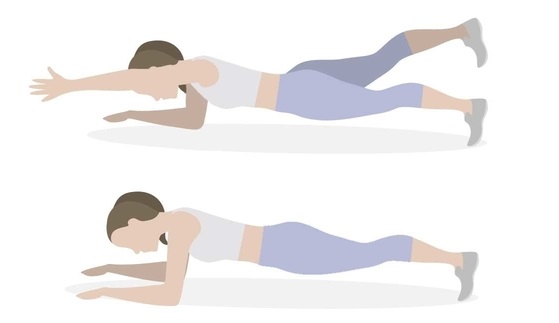
Plank reaches are great for balance, they target the abs and secondary the lower back, shoulders and obliques. There are a few options for this exercise, you can either assume the plank position and move your arm to reach an touch your hip. Alternatively you can opt for the raised plank position, raising your arm out infront to be aligned with your body. Repeat the number of reps for each arm.
Side Plank:
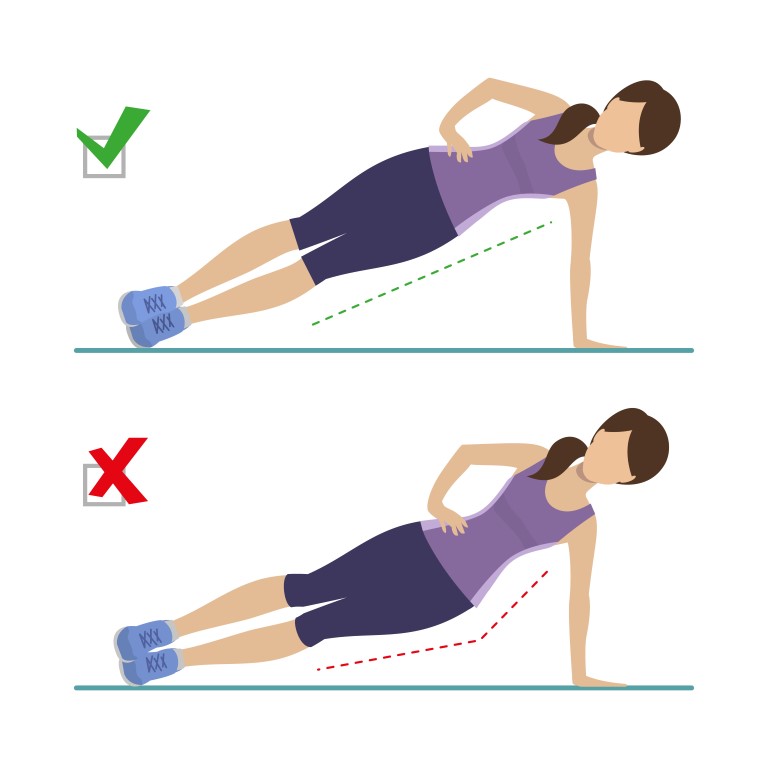
The same applies with side plank, ensure your body is in a straight line from head to toe. However for side planking, you start on your side with your feet together and raise yourself up to assume the position. Its important to not let your hip drop during this time, keep your muscles contracted tightly. Repeat on both sides.
Modify for difficulty: reach your arm straight up and hold or add a slow controlled arm reach under your chest and back up.
Toe Touches:
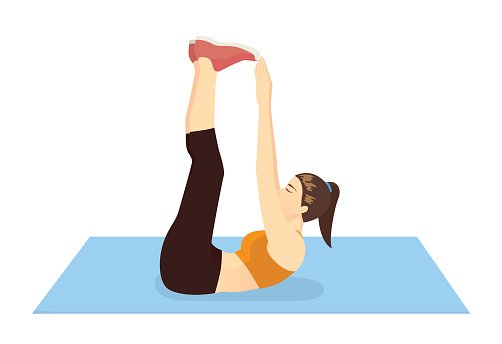
Whilst crunches are great for your core, toe touches adds that extra engagement and strength for your lower abs. Start in a standard crunch position, raise your legs up in a straight line above your head and reach up to touch your toes in controlled movements.
Don’t worry if you can’t touch your toes, reach up as high as you possibly can. If you feel like the reps aren’t challenging enough, add in some alternating arms or just simply keep going until you feel the burn.
Flutter Kicks:
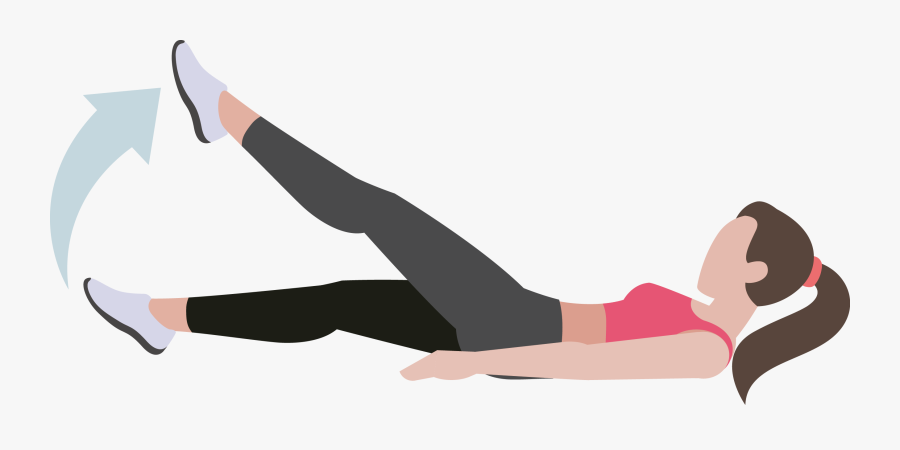
Flutter kicks are a great exercise for core strength, they’re particularly beneficial for your hip flexors and lower rectus ab muscles. There are a range of variations for flutter kicks, they can either be performed laying on your back or stomach, both mimic swimming which is a great conditioning exercise.
For the traditional movement, simply lay flat on your back with your hands under your lower back, raising your legs about 5 inches from the ground alternating legs in fast controlled movements.
Push-ups:
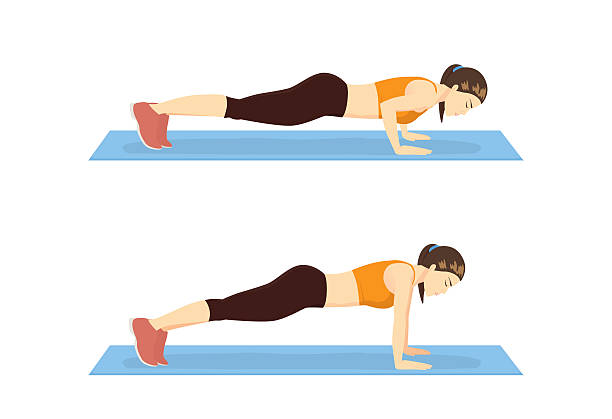
Push-ups are a fast and effective exercise for building upper body strength and although they don’t directly target your core, when performed with ‘proper form’ they can help to strengthen your abdominal and lower back muscles. Remember to engage your core during each rep.
As with the other exercises listed above, there are variations for push-ups to choose from;
1. Traditional: get into the push up position with your arms and legs straight, keep your hands a little wider than your shoulders and lower your body to the floor (or as low as you can go). You should also keep your elbows back towards your body rather than pointed out.
2. Beginner: if you find the traditional push-up is too difficult, try performing the exercise with your knees on the ground following the same guidance as above.
3. Advanced: if you are looking for more of a challenge try raised leg push-ups, following the same method as the traditional movement but have your feet raised up on a table, chair or even an exercise ball for an extra element of stability work.
Up for the challenge?
We’ll be starting our four week core training when lockdown starts, however this can be done anytime and anywhere. Get motivated and smash some goals with us! 💪🏼
Save the image, or share to Twitter, Facebook, Pinterest, WhatsApp to get your friends involved and get motivated together.